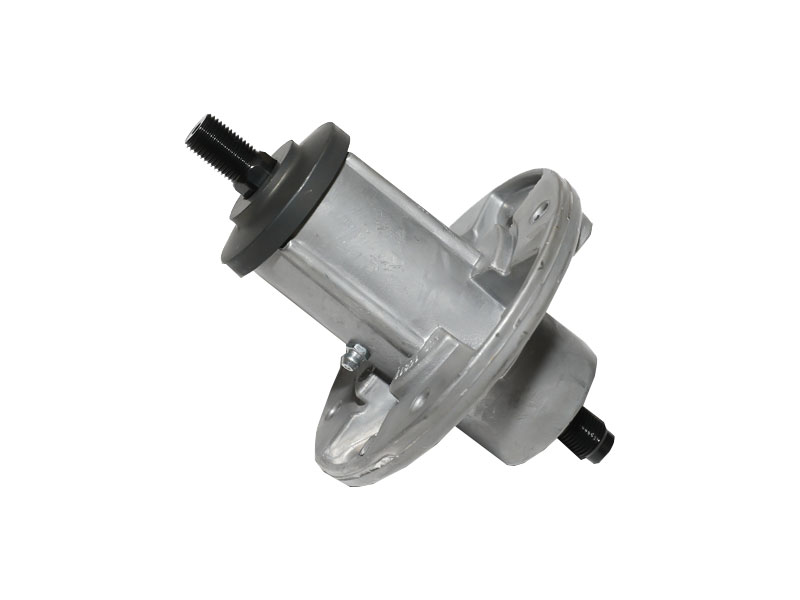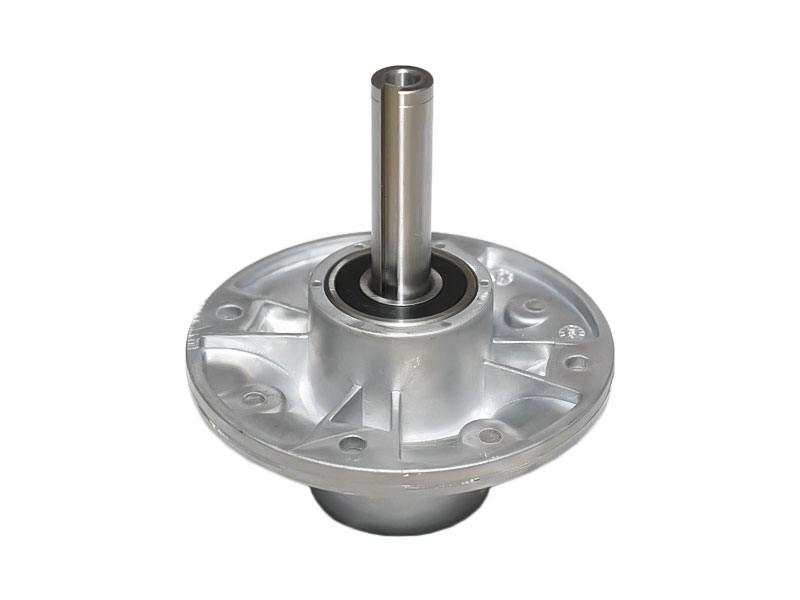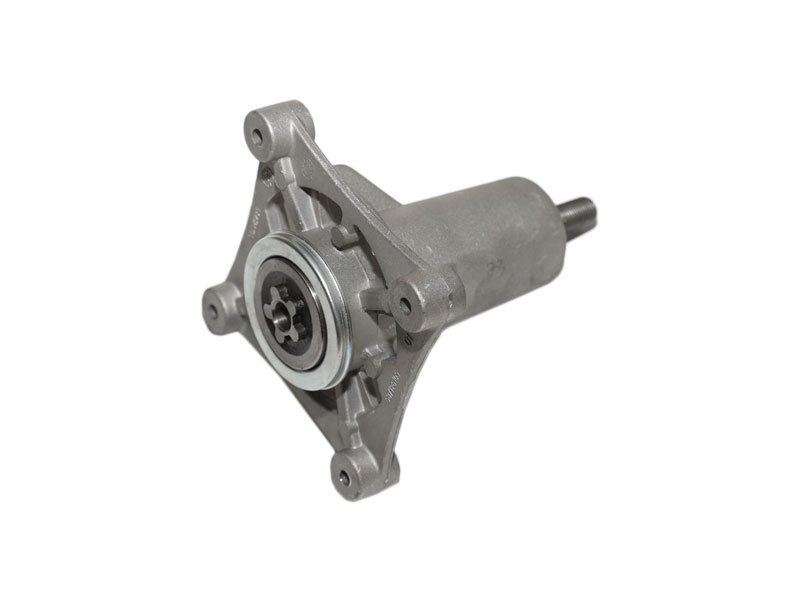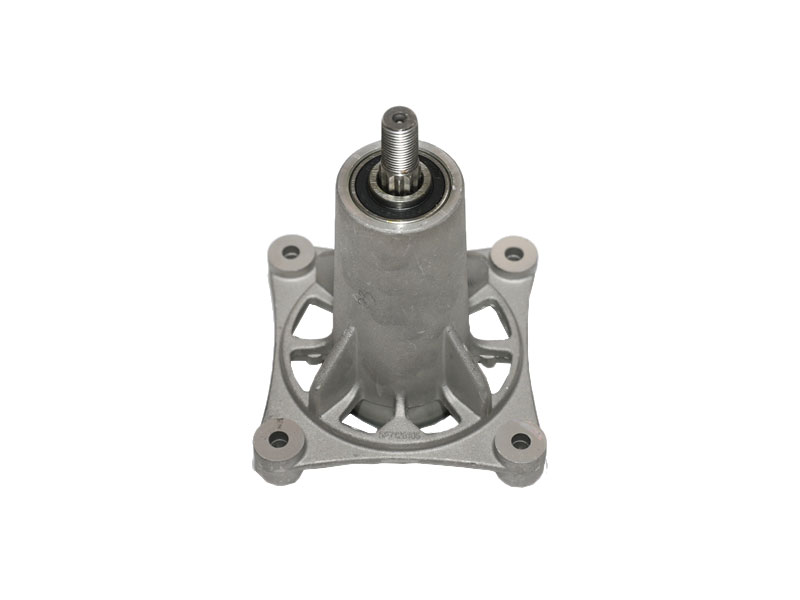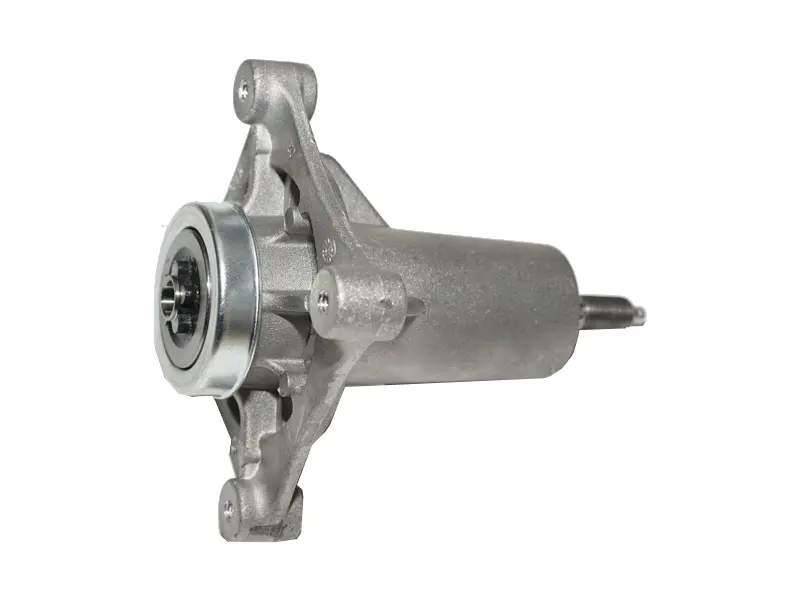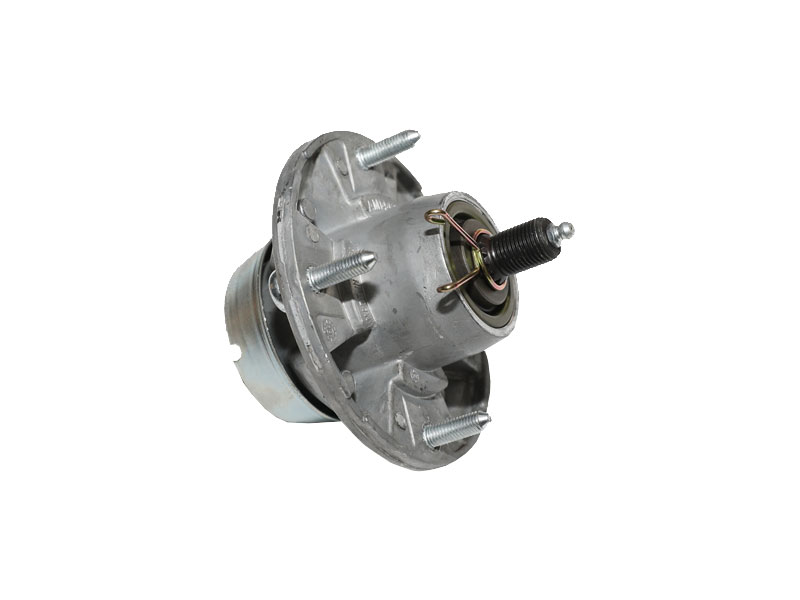One of the primary considerations when selecting a heavy-duty drag link is its load capacity. Heavy-duty vehicles such as trucks, buses, and construction equipment experience significant loads and forces during operation. The drag link must be capable of withstanding these loads without deformation or failure. It is important to choose a drag link that matches the vehicle's gross vehicle weight rating (GVWR) and can handle the anticipated loads.
2. Durability and Strength:
Heavy-duty drag links are subjected to constant stress and impact forces, especially in off-road or rugged environments. It is crucial to select a drag link made from high-quality materials, such as forged steel or alloy steel, that offer excellent durability and strength. The drag link should be able to withstand the demanding conditions of heavy-duty applications and resist deformation or breakage.
3. Corrosion Resistance:
Heavy-duty vehicles often operate in harsh environments, including exposure to moisture, road salts, and other corrosive elements. Choosing a heavy-duty drag link with proper corrosion resistance is vital to ensure its longevity and performance. Drag links with corrosion-resistant coatings or made from materials such as stainless steel or aluminum alloy can help mitigate the effects of corrosion, extending the component's lifespan.
4. Precision and Fitment:
The heavy-duty drag link must have precise dimensions and fitment to ensure proper alignment and steering response. It should match the vehicle's steering system specifications and have accurate ball joint connections. A precise fit minimizes play or looseness in the steering system, providing a more direct and responsive steering experience, especially in heavy-duty applications.
5. Maintenance and Serviceability:
Consideration should be given to the ease of maintenance and serviceability of the heavy-duty drag link. Accessible grease fittings and provision for regular lubrication help maintain smooth operation and prolong the life of the component. Additionally, the availability of replacement parts and service support from the manufacturer or supplier is important for efficient maintenance and timely repairs.
6. Compliance with Safety Standards:
Heavy-duty vehicles are subject to strict safety regulations, and selecting a drag link that complies with these standards is crucial for ensuring the safety of the vehicle and its occupants. It is essential to choose a drag link that meets or exceeds the relevant safety standards and undergoes rigorous testing and quality control processes.

 English
English 中文简体
中文简体 Español
Español svenska
svenska




